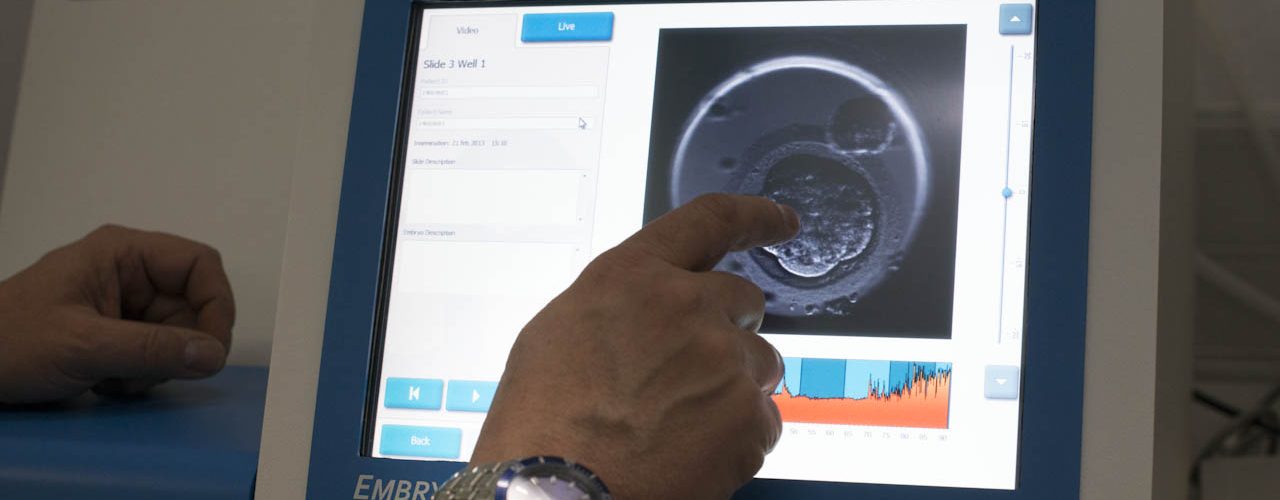

“Embryoscope is a time-lapse embryo incubator that provides a record in pictures and videos of your future baby from its biological beginnings.”
Until fairly recently, one could only imagine how an embryo evolved during its first days. The rate of cell division was guesswork and traditional incubators were unable to display other variables apart from the temperature and concentration of CO2 within which embryos were developed.
Today, this reality is completely different at our assisted reproduction laboratories, because not only do we take into consideration these characteristics surrounding the embryo’s environment, but we can also view its evolution minute by minute captured on high resolution images without the need for manipulation. This enables us to check whether or not it is an embryo that will permit a full-term pregnancy, with a higher probability.
An increased chance of becoming pregnant
Unlike conventional incubators, the EmbryoScope time-lapse incubator has achieved higher rates of normal pregnancy and implantation. “At IVI, we have managed to raise the likelihood of success by 20% through the development of an exclusive embryonic selection algorithm adapted to our laboratories and to our patients. This means our embryologists are able to select the embryo with the best possibilities of being implanted in the uterus by analysing the times at which the most important milestones in its development occur”, explains Marcos Meseguer, embryologist at IVI Valencia and developer of this algorithm
“Since 2009, we at IVI have been offering our patients the possibility of completing their assisted reproduction treatment with an incubator such as the EmbryoScope; we were pioneers in using this technology in Spain and every day we work to improve our rates of pregnancy, monitoring the embryos and observing their evolution without altering their culture conditions”, says Meseguer. These findings have been obtained following a study among 800 patients, who improved their pregnancy rate by 23% and also had a 36% lower termination rate with EmbryoScope.
This not only demonstrates the importance of using EmbryoScope in embryonic screening, but also the essential use of this model of evaluating embryos, which has been developed thanks to the experience obtained from previous treatments coupled with the use of this modern incubator.




Comments are closed here.